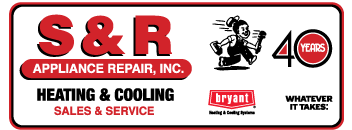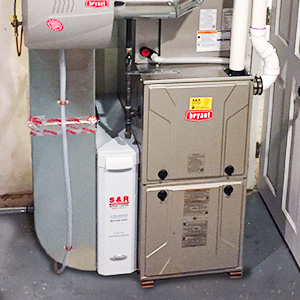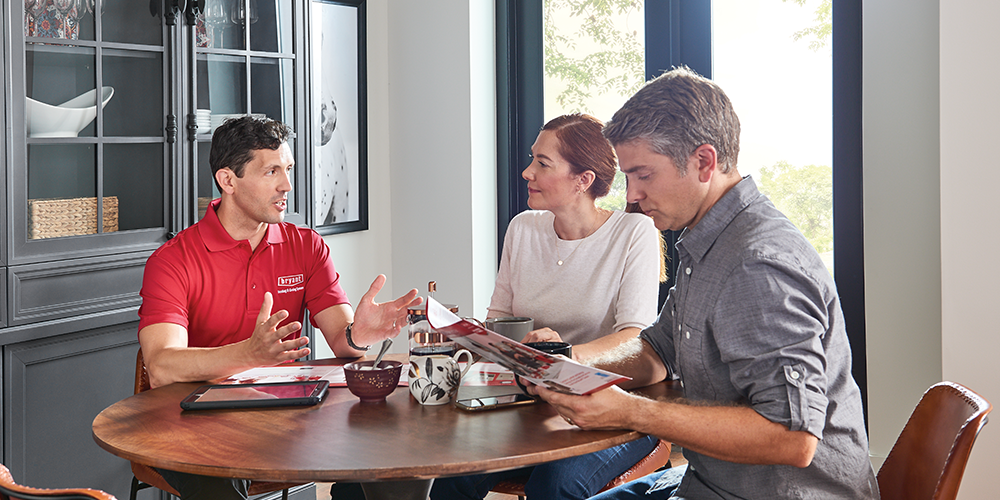Furnace FAQs

Our Pros Answer Your Top Furnace FAQs
When your heating system breaks down or your filter needs to be replaced, S&R Heating & Cooling is here to help you fix them. In our furnace FAQs, our knowledgeable technicians answer your top heating questions—read through them for our best tips. If you have a burning question that you don’t see answered here, please contact us or give us a call at 651-429-0001.
How Long Will My Furnace Last?
It depends on several factors, like how well it’s been maintained, if it’s had frequent repairs, and the type of furnace you have. If you take good care of your system, you can generally expect it to last anywhere from 15 to 20 years.
How Do I Know When It’s Time to Replace My Furnace?
If your system is nearing that 15-year mark, it doesn’t heat your home as well, your energy bills are skyrocketing, or the furnace needs major repairs to keep working, it’s probably time to consider getting a new model. Rest assured that S&R’s experts will walk you through every step of the installation process when it comes time.
What Type of Filter Should I Use for My Furnace, and How Often Should It Be Replaced?
The size and model of filter you need depends on what system you have—as long as the filter is not too restrictive, it should work. Replacement time varies, depending on the quality of the filter and if you own pets, have allergies, or allow smoking in your home. In general, replace standard one-inch filters once every one to three months.
What Direction Does the Filter Go In?
On the border of the filter is an arrow—when you insert it, make sure that arrow points toward the furnace.
Should I Schedule Maintenance for My Furnace?
Yes! Scheduling an annual maintenance visit for your furnace will keep your warranty intact. It will also increase your unit’s efficiency, which will ultimately reduce energy costs and extend the system’s lifetime. Additionally, if your furnace or its parts are old or in need of repair, there’s a higher chance of a carbon monoxide leak. We recommend homeowners opt for proactive maintenance because it allows our techs to detect potential issues before they turn into bigger safety concerns.
How Often Should I Have Maintenance Done?
We recommend a good clean and tune once a year to ensure that your furnace gets the care it needs to run efficiently. You can have it done at time of year, though it’s best to have your unit tuned up before the cold season starts.
What Are Some Ways I Can Reduce Heating Costs?
The best way to save some money on energy is to simply turn down the thermostat a few degrees. Regular furnace maintenance and air filter replacement can also improve energy efficiency, as can opening the shades to let in the warm sunlight during the day. Programmable thermostats can also help curb costs by scheduling temperature changes.
Should I Close Vents in Rooms I Don’t Use?
We don’t recommend it. Your furnace is designed to heat your entire home, so if you close part of it off, your heating system will work extra hard to force warm air into it. That puts unnecessary stress on the unit, leading to inefficient operation, higher energy bills, and system breakdowns. Even if you don’t use certain rooms often, it’s best to leave the vents open.
My House Doesn’t Heat Very Well—Do I Need a Bigger Furnace?
There’s a common misconception that a larger furnace will pump out more heat. In fact, it’s key for your comfort, budget, and equipment longevity to have your furnace properly sized to your home. The right-sized unit (about 40-45 BTUs per square foot) will run the appropriate cycles it takes to heat all the spaces in your home. When you have a furnace installed by S&R, you can rest assured that you have the correct size.
Do I Need to Use a Humidifier in Winter?
Just like the humid air in summer seems to add a few degrees to the temperature, the same goes for indoor air. With a home humidifier, you can achieve maximum warmth and comfort while getting rid of dry air and problems associated with it, such as sore throats, dry skin, itchy eyes, and bloody noses. It’ll also help keep you within ideal humidity levels—between 35 and 50 percent.










